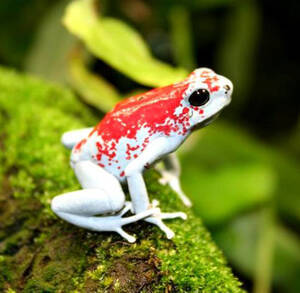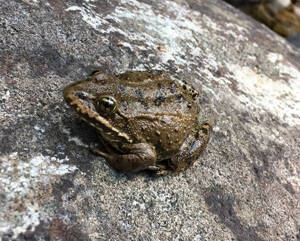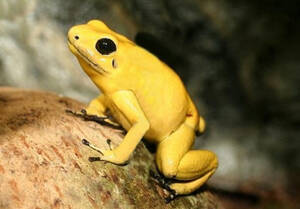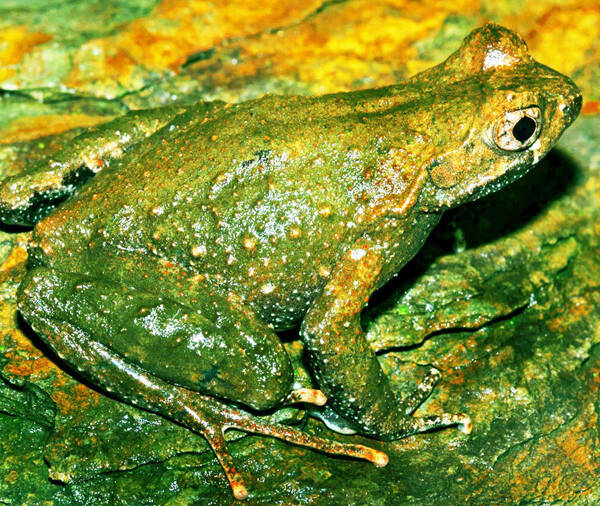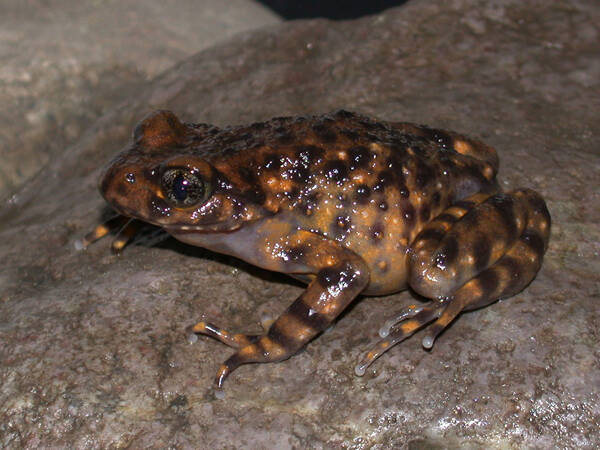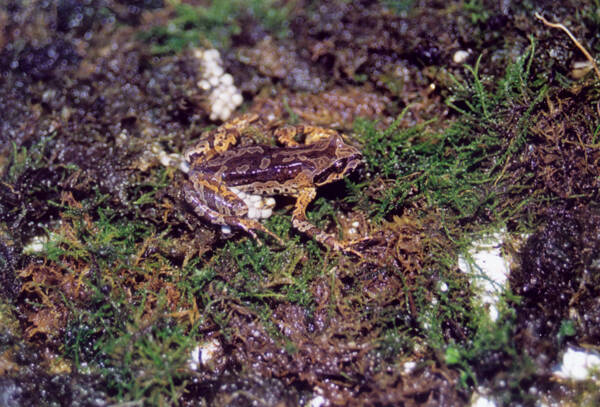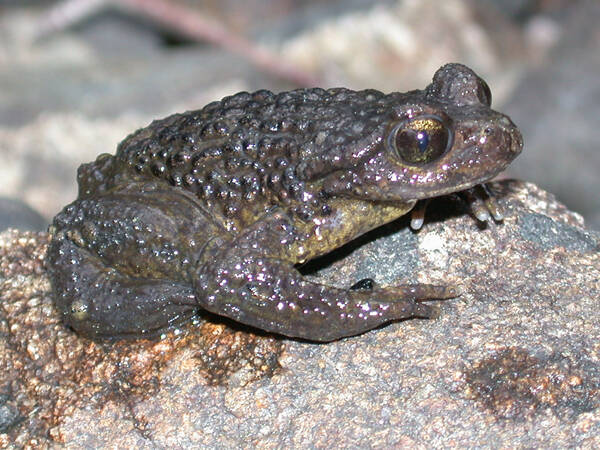Vibrissaphora ailaonica
IUCN
LCBasic Information
Scientific classification
- name:Vibrissaphora ailaonica
- Scientific Name:Vibrissaphora ailaonica,Hairy Beard
- Outline:Anura
- Family:Anura Ceratopus Pseudocercos
Vital signs
- length:67-88mm
- Weight:
- lifetime:
Feature
The male has 10-24 irregularly arranged black horny spines on each side of the upper lip; when the hind limbs are extended forward, the tibiotarsal joint reaches the posterior corner of the eye.
Distribution and Habitat
Distributed in Yunnan (Xujiaba, Shuangbai, Xinping, Pingbian, Ailao Mountain, Jingdong County) in China. Distributed abroad in Vietnam (Sabah).
Lives in mountain streams and their vicinity at an altitude of 2200-2500m, and lives a terrestrial life. It breeds in streams from mid-February to March, and the eggs are attached to the bottom of the stone in a ring or sheet shape.
Appearance
The tympanic membrane is concealed; there are auricular bones and no vomerine teeth. There are reticular skin ridges composed of nevus grains on the back of the body, and the skin ridges are arranged longitudinally on the back of the limbs; the ventral surface of the body is covered with small warts, including axillary glands and retrofemoral glands. The back of the body is grayish purple or grayish brown, mixed with black spots; the upper part of the eyes is light blue, and the lower part is yellowish brown; the forelimbs have few and not obvious transverse stripes, and the hindlimbs have prominent transverse stripes; the ventral surface is milky white, covered with black Broken cloud spots.
Details
The name of the Ailao Bearded Toad comes from Ailao Mountain, because it was first discovered in Ailao Mountain in Yunnan in the 1980s; however, it can also be found in the nearby Wuliang Mountain. In Wuliang Mountain, it is also called "Ang" because of its "Ang, Ang" sound.
The Ailao Bearded Toad lives in the evergreen broad-leaved forest belt at an altitude of 2200-2500 meters. The climate is warm and humid, the light is dim, and there are many rock creeks in the forest. The stream is gentle, the vegetation on both sides is lush, the ground is thick with fallen leaves, and there are mosses and other plants on the rocks. Adults are mainly terrestrial, often living in dark and humid environments. During the nights from May to August, the toad was found moving and foraging on a hillside 15 meters away from the shore. It has poor mobility, moves slowly, rarely jumps, and is easy to catch. It is difficult to see its traces in winter. In November, local people found 5 bearded toads living in a cave, which can be speculated to be the hibernation place of the toad. Tadpoles mostly live under rocks or in rock crevices where the water flows gently. They swim quickly and powerfully, and are not easy to catch with bare hands.
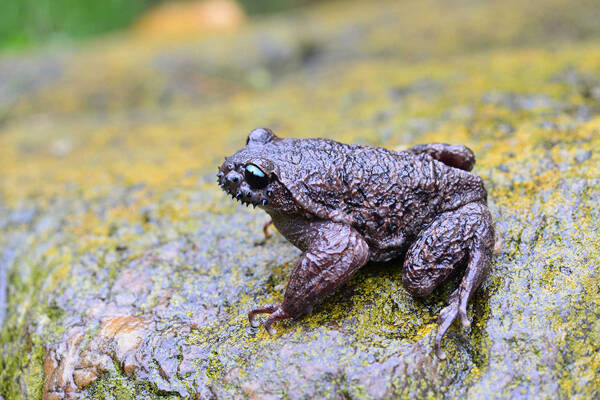
In early to mid-February, the mountain stingrays enter the stream and begin to lay eggs in pairs. The breeding season is from mid-February to March. During this period, the water temperature is 9-12℃ and the pH is around 6.5. The spawning environment is mostly in a wide ditch with a gentle water flow, clear water quality and a water depth of about 10 cm. The eggs are generally laid on the bottom of large rocks. The eggs are ring-shaped or sheet-shaped, one or several groups stick together, and there are as many as 17 groups under a rock. In March, there is usually one male toad living under the rock with eggs, and there are rarely two. Each egg group has an average of 245 (230-256) eggs. The fertilized eggs hatch in about 40 days, with a hatching rate of about 53-75.6%. The tadpoles of about 80 days can reach a total length of about 24.6 mm.
The distribution area of the Ailao Bearded Toad is narrow, the number is small, and its body shape is peculiar. It is a precious and rare frog resource unique to China. In addition to natural enemies such as snakes and short-tailed monkeys, the Ailao bearded toad is also eaten by the public, who also have the habit of eating frogs, and the Ailao bearded toad is also one of the targets. At the same time, the toad's spawning site is destroyed, causing the eggs to fail to develop and hatch. The above situation is a huge waste of China's rare frog resources. If this continues, this resource will be exhausted and even endangered. It is recommended that relevant departments strengthen protection measures in a timely manner to protect the local ecological environment and this precious frog resource.
The Ailao bearded toad can prey on a variety of pests and has a certain protective effect on the forest.
Listed in the second level of the "List of National Key Protected Wildlife in China".


